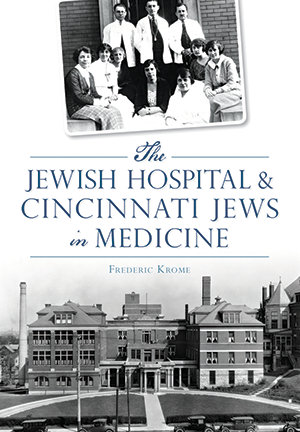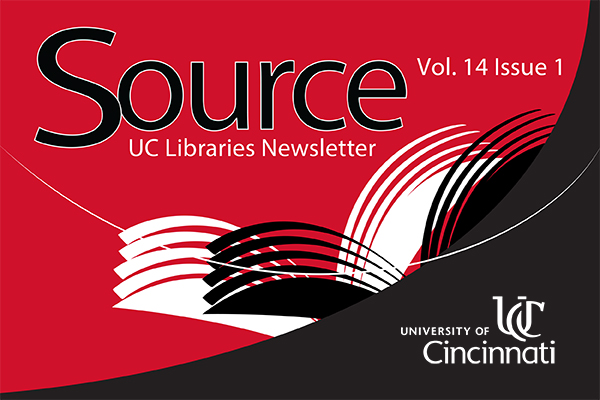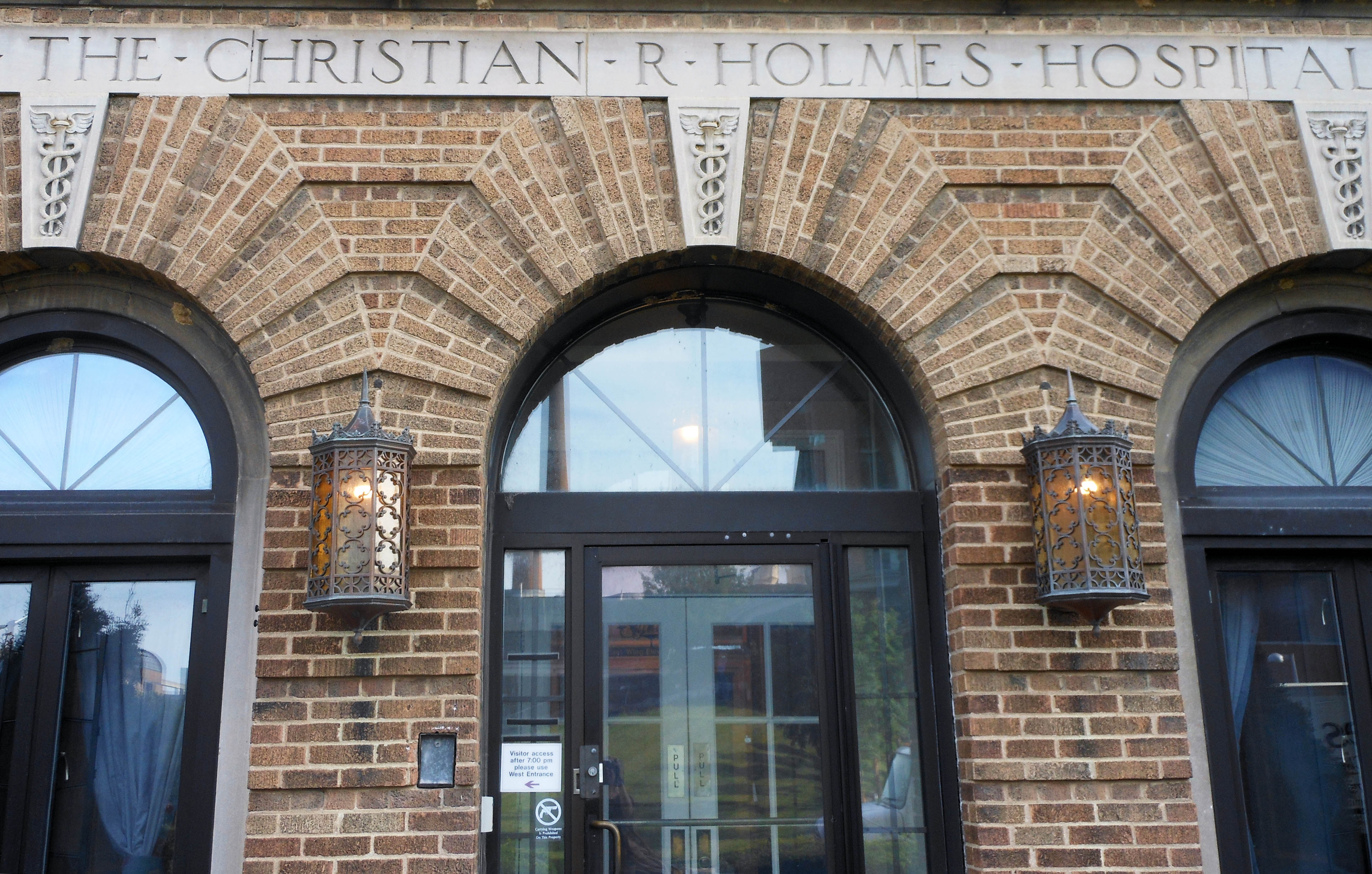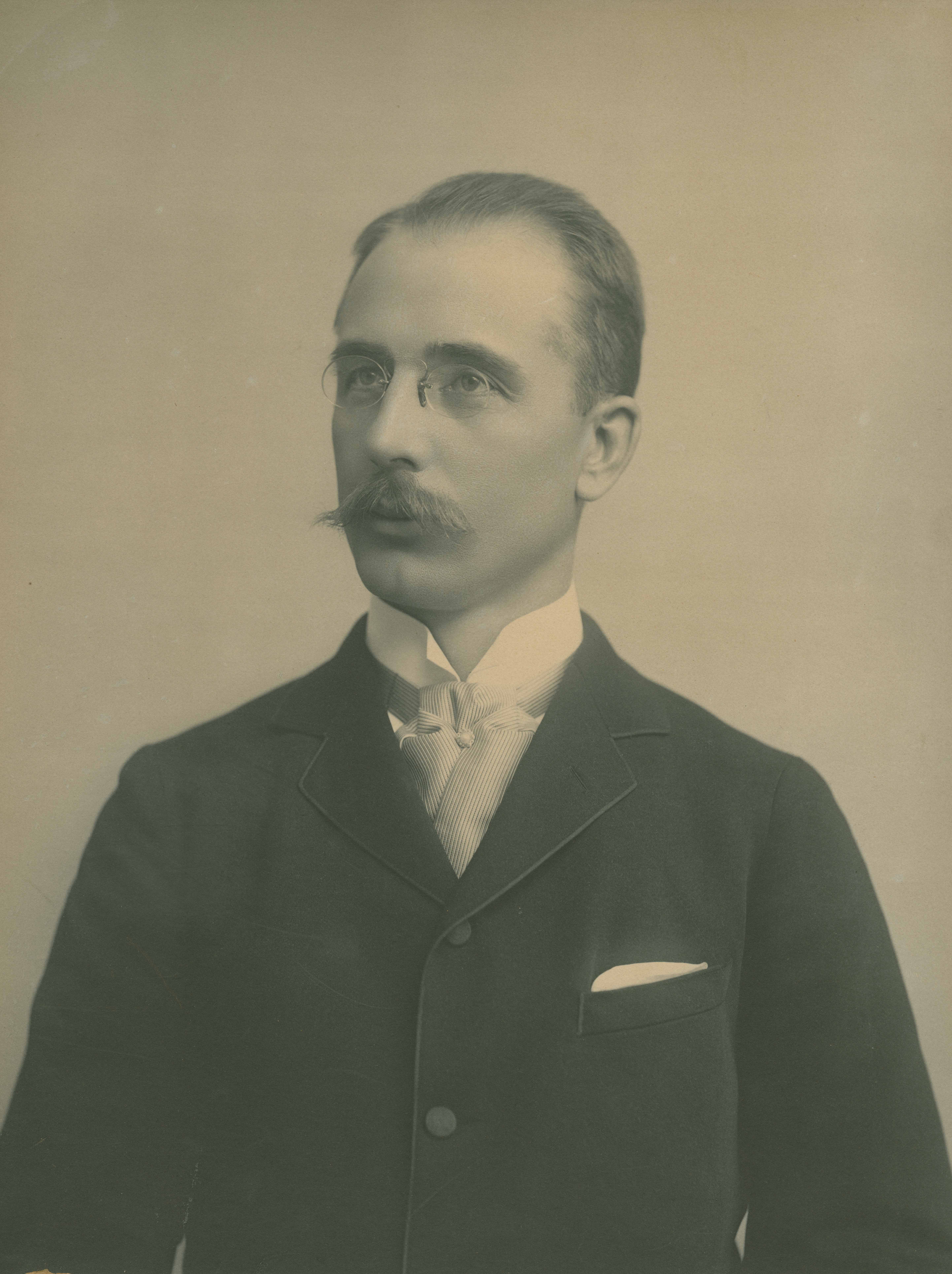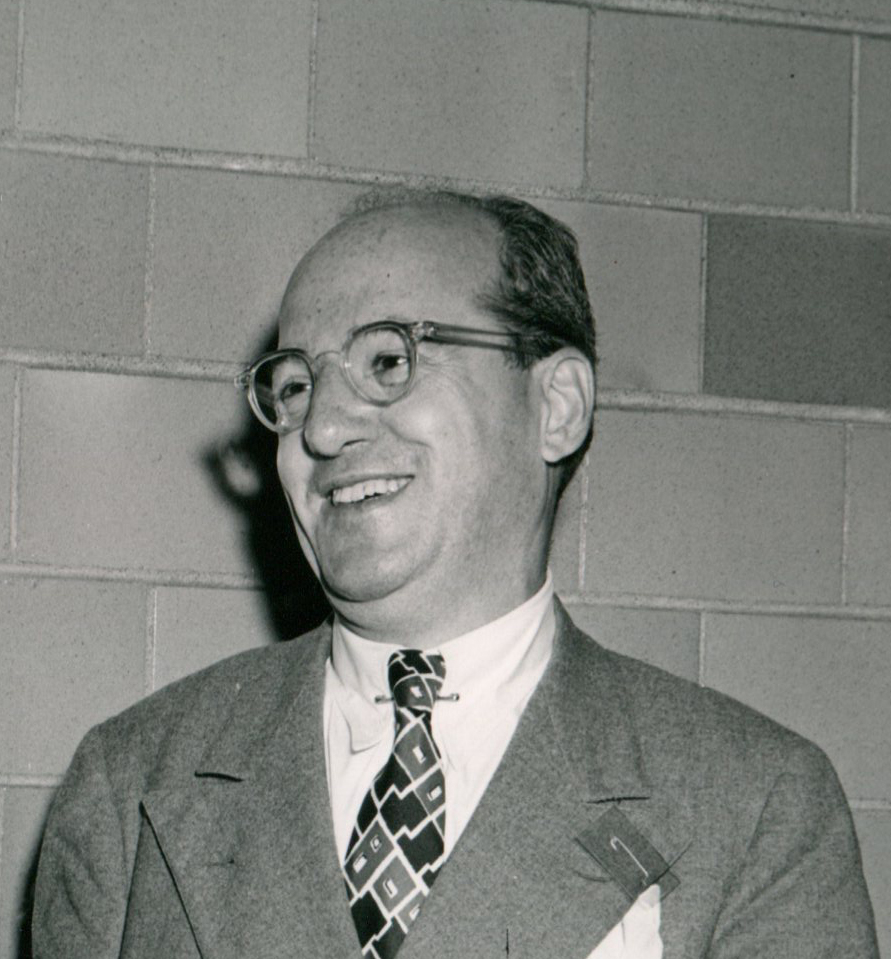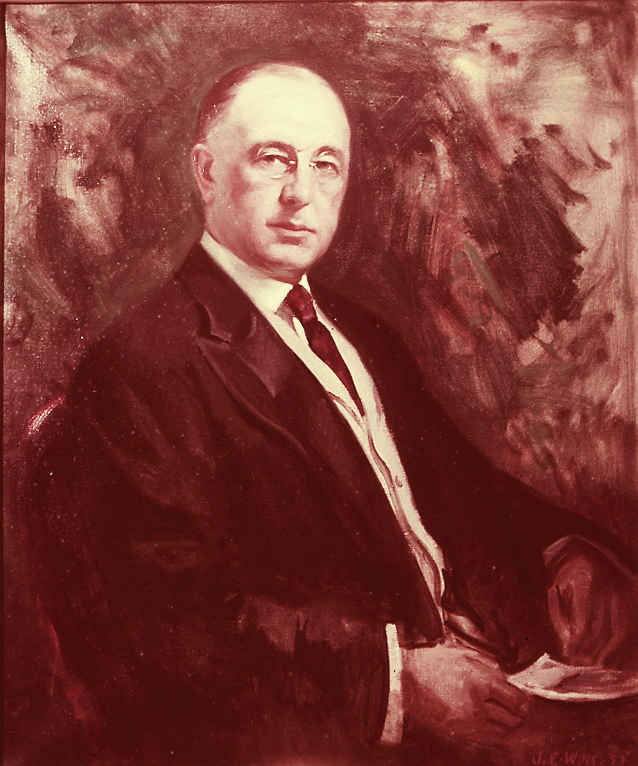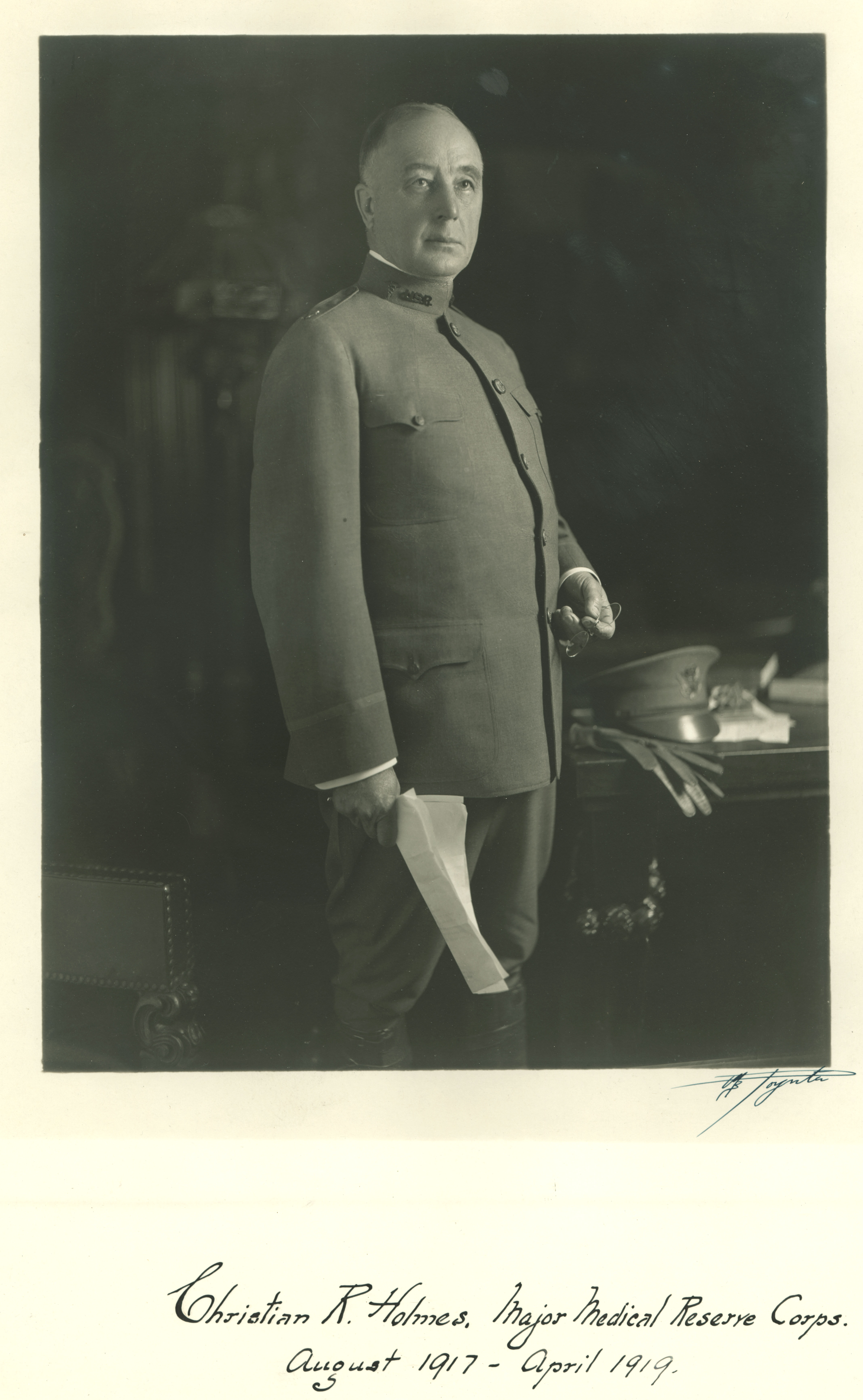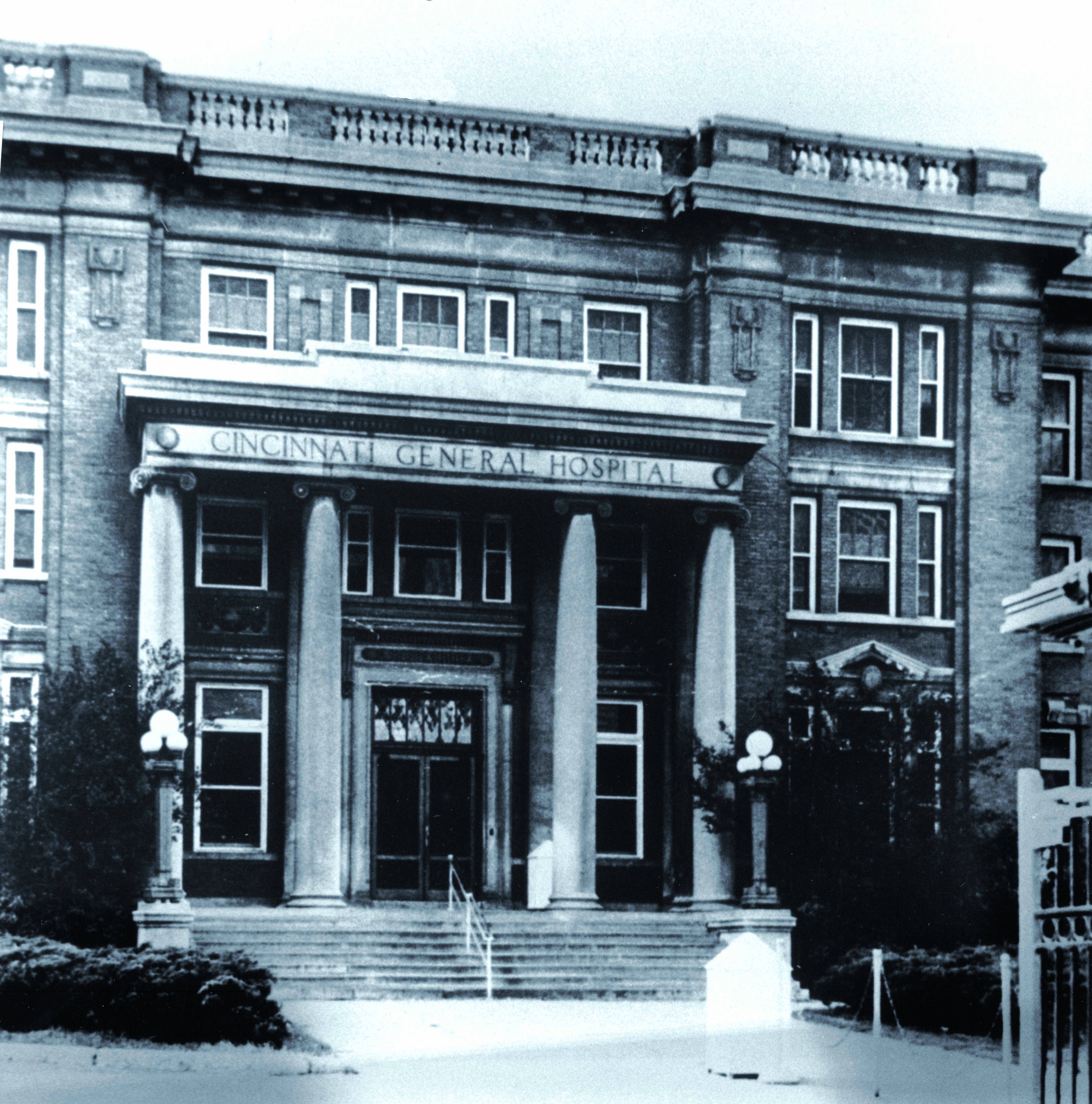On July 26, 1990 President George H.W. Bush signed the Americans with Disabilities Act (ADA) into law. Following laws like the Civil Rights Act of 1964, the ADA is an “equal opportunity” act for people who have disabilities. The law guarantees that people with disabilities have equal opportunity to participate in normal American life. It allows people with disabilities to be employed, buy goods and services, and participate in government programs without discrimination.
This year Langsam Library and the Health Sciences Library are celebrating the 25th anniversary of the ADA with a display. The display provides information about the ADA and how it helps college students. The display shows that 11% of Undergraduates and 9% of Graduate students have disabilities, while 80% of students with disabilities choose not to disclose, thus reinforcing the importance of the law. Continue reading


